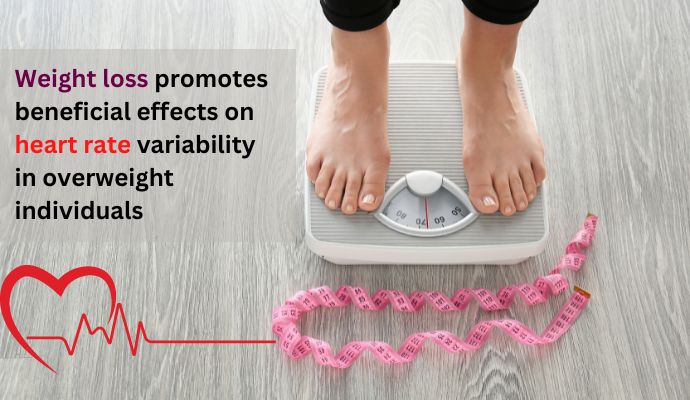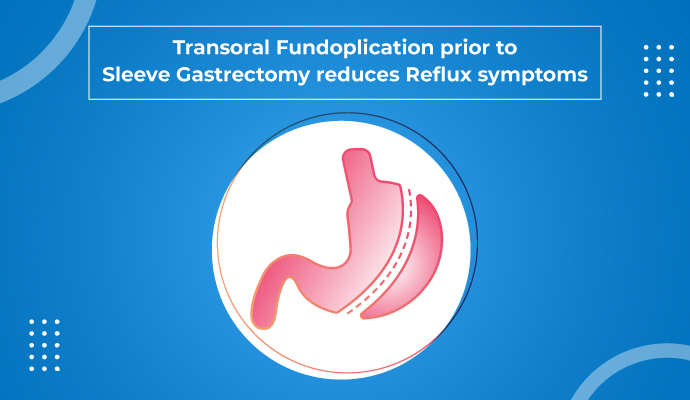
Sleep apnea and how it is associated with Obesity
Sleep apnea refers to a condition in which
58,992 total views, 115 views today
Home » Osteoarthritis and Obesity
Osteoarthritis progresses at a faster rate and is more severe in individuals with obesity than in those with normal body weight. Obese or overweight individuals are more likely to undergo a knee or hip replacement surgery. As the BMI increases, the relative risk of knee or hip replacement increase when compared with those with lowest BMI. Obese individuals with osteoarthritis tend to have more complications and poorer outcomes after joint replacement surgeries, including increased operative time and length of hospital stay. Thus, it is recommended to reduce weight and inflammation before prior to the surgery.
The damage caused in obese individuals with osteoarthritis is not restricted to the joints alone. Osteoarthritis and obesity are associated with diabetes, heart disease, stroke and depression. The increased risk of these complications is attributed to the body-wide inflammation, resulting in metabolic syndrome (a group of conditions including high blood sugar, high blood pressure, excess fat around the waist, and abnormal cholesterol levels). Obese individuals are three times more likely to develop metabolic syndrome than normal weight individuals.
Certain fat-related inflammatory proteins contribute to osteoarthritis as well as the associated disorders. A combination of lack of exercise and inflammation creates a viscous cycle of weight gain, disability, poor health and depression.
Weight management and physical activity can go a long way in managing obesity and osteoarthritis. Studies demonstrate that weight loss in obese individuals with osteoarthritis can provide structure-modifying benefits, including improvement in the cartilage quality and quantity. Weight loss can also improve the joint pain, stiffness and function.
Exercising with painful joints can be slow going and difficult. Losing a large amount of weight as a goal can be overwhelming and discouraging. There is no magic trick to lose weight. One must simply take small steps in the right direction, which can make a large difference.
For about 10 % of the weight lost, the arthritis pain reduces to half. For obese or overweight individuals who do not have osteoarthritis yet, a 11-pound weight-loss is sufficient to decrease the risk of developing knee osteoarthritis by half. Moderate-intensity, low-impact physical activities, such as swimming or walking can decrease arthritis pain, increases the ability to perform daily activities, and improve sleep, mood, and quality of life. Moderate level of physical activities does not worsen the symptoms or cause the arthritis to worsen. A combination of physical activity and healthy diet can help people manage weight for long-term.
Here are a few tips to successfully lose weight and sustain a healthy weight for long-term:
Make a feasible plan: Consult a qualified healthcare provider to create a weight-loss plan. They will recommend the physical activities and a diet chart, customised according to one’s needs and goals, while ensuring safety.
Set achievable goals: One hour of intense physical activity every day, is a lot to begin with. Start slow by setting goals like 120 mins of physical activity per week, and slowly increase it. Take small steps, make little changes to the physical activities and diet. Get used to the changes for 6 to 8 weeks, before making changes further.Do what you enjoy: With the onset of pain, the fun, pleasant activities are the first to disappear from the schedule. This impacts the quality of life as well. Hence, do activities that you enjoy. Sign up for programs in the locality that are convenient, which may include yoga classes, Zumba classes, etc.

Sleep apnea refers to a condition in which
58,992 total views, 115 views today

Since the beginning of 20th century, the overall
58,967 total views, 113 views today

New year is the time for new beginnings.
59,667 total views, 113 views today

Weight loss can be tricky business, as it
59,538 total views, 113 views today

According to a recent study, weight loss through
60,437 total views, 113 views today

According to a recent study, preoperative very low
60,438 total views, 113 views today

A recent study conducted on GERD (Gastroesophageal Reflux
60,443 total views, 114 views today

A recent study done to examine the long-term
59,321 total views, 110 views today

Overweight and obesity is a major health concern
29,590 total views, 78 views today

A recent study published in the Journal of
28,779 total views, 77 views today

The findings from a recent study, published in
29,020 total views, 77 views today

The findings of a recent study, published in
29,421 total views, 78 views today